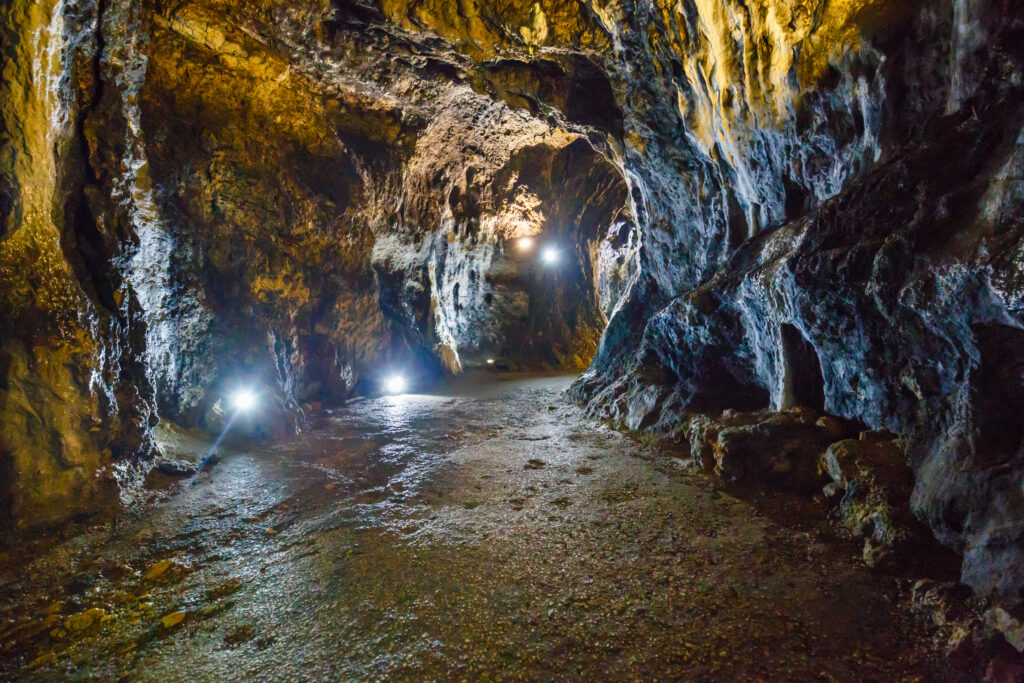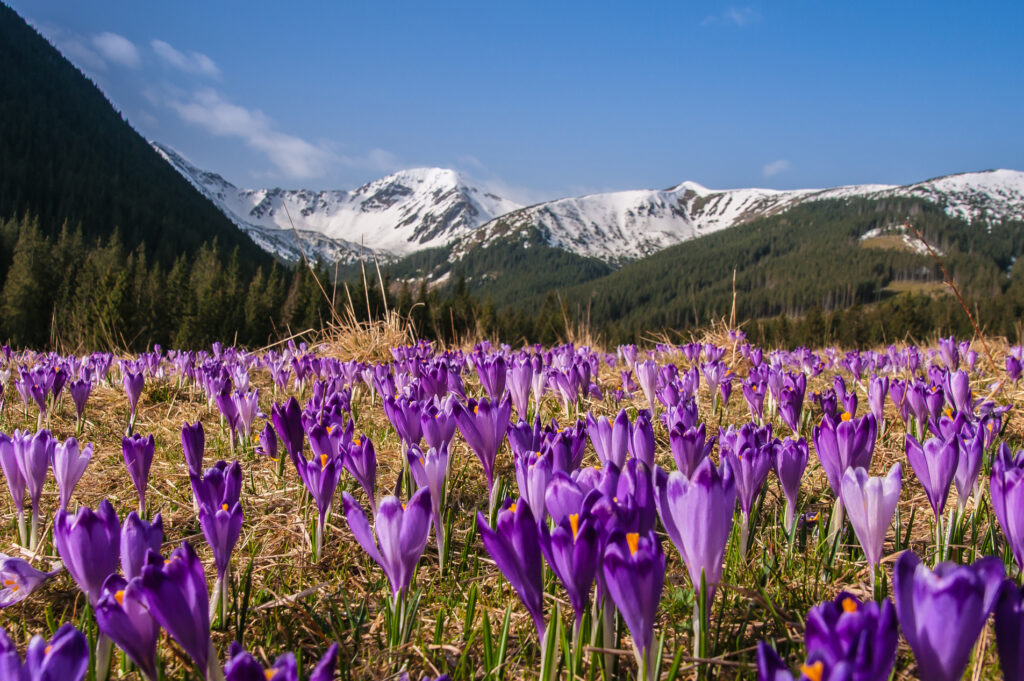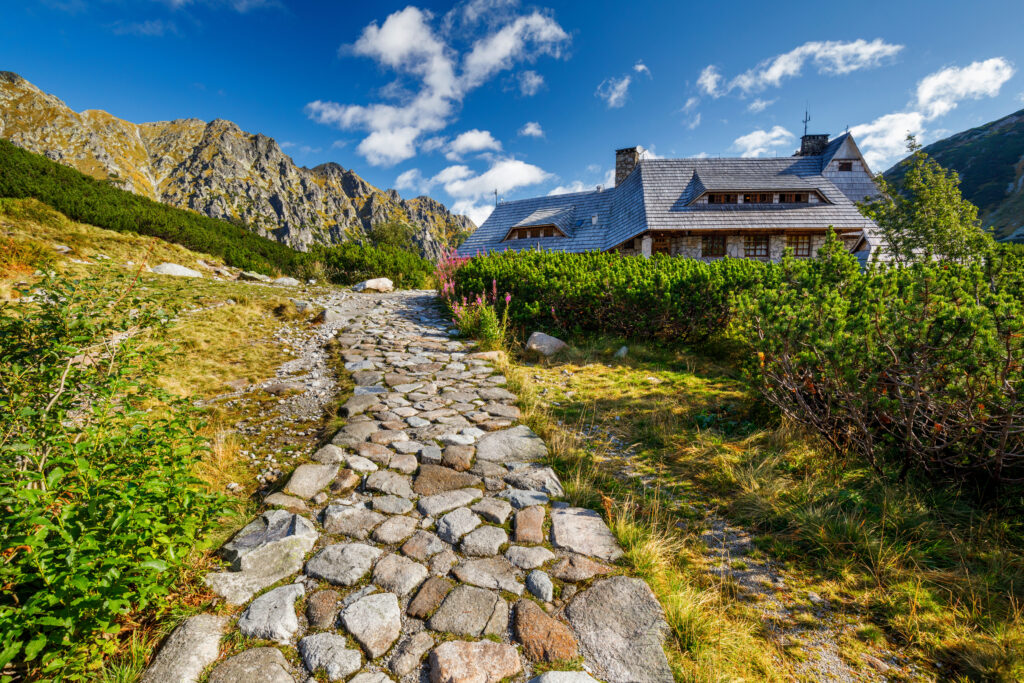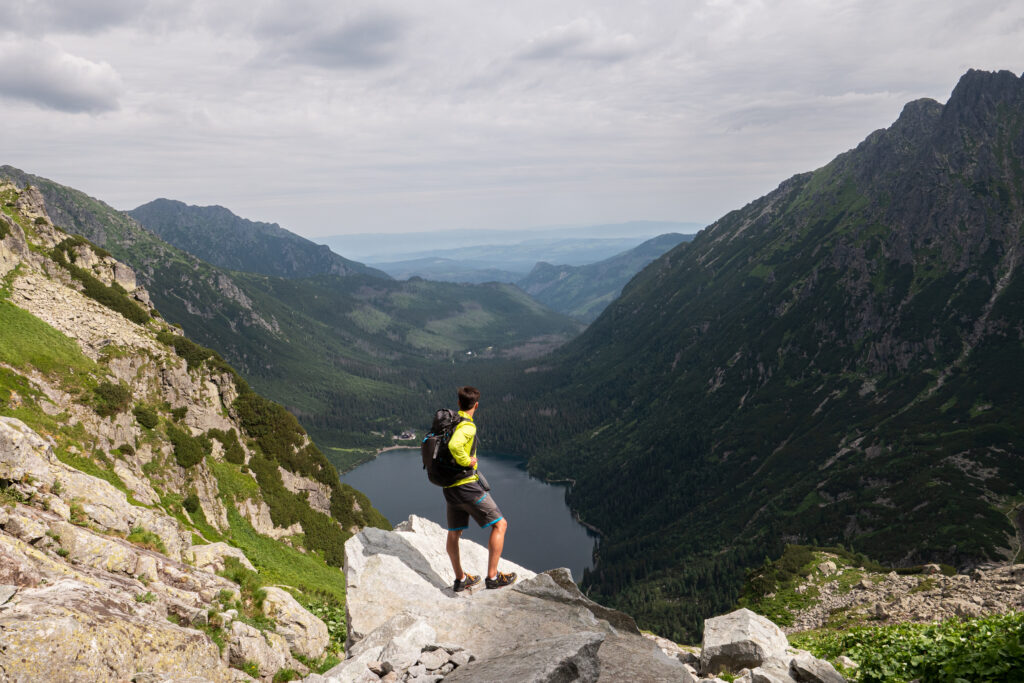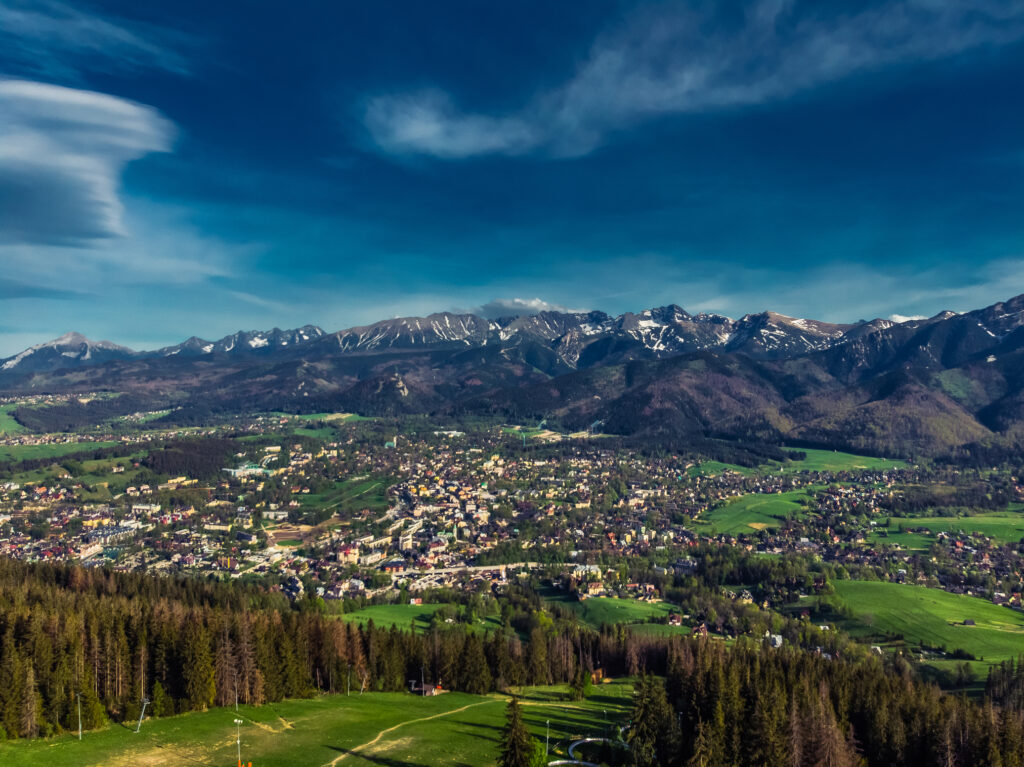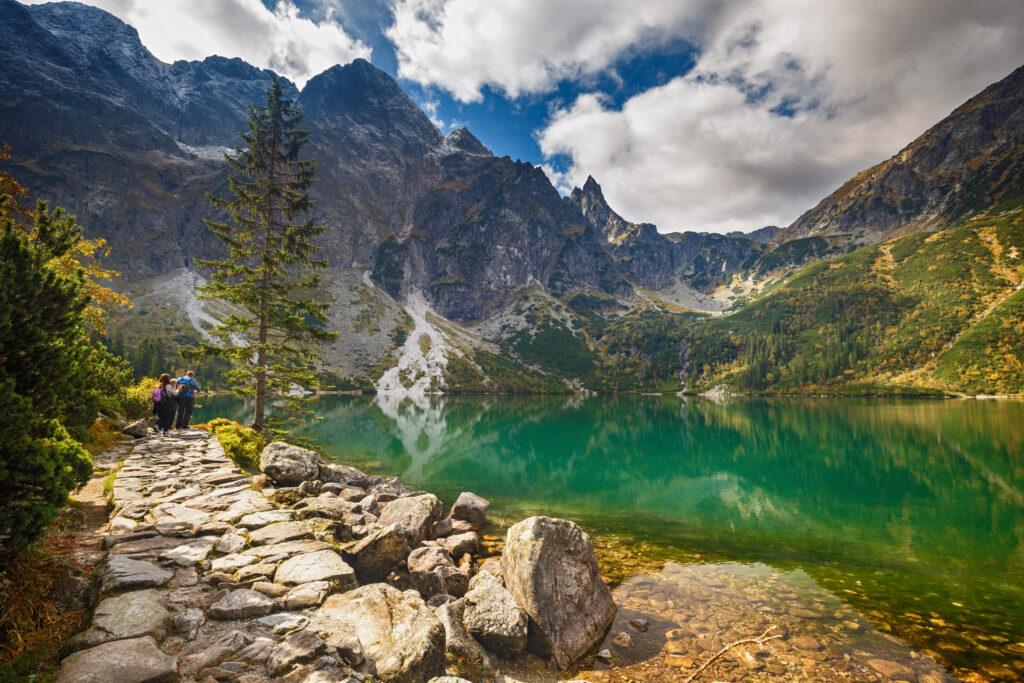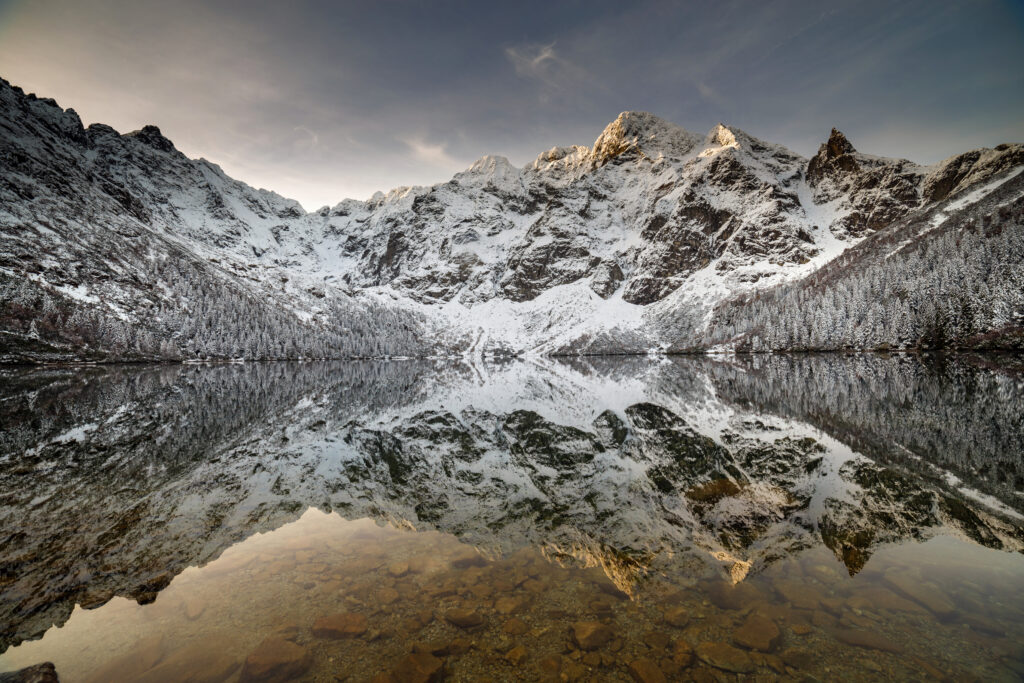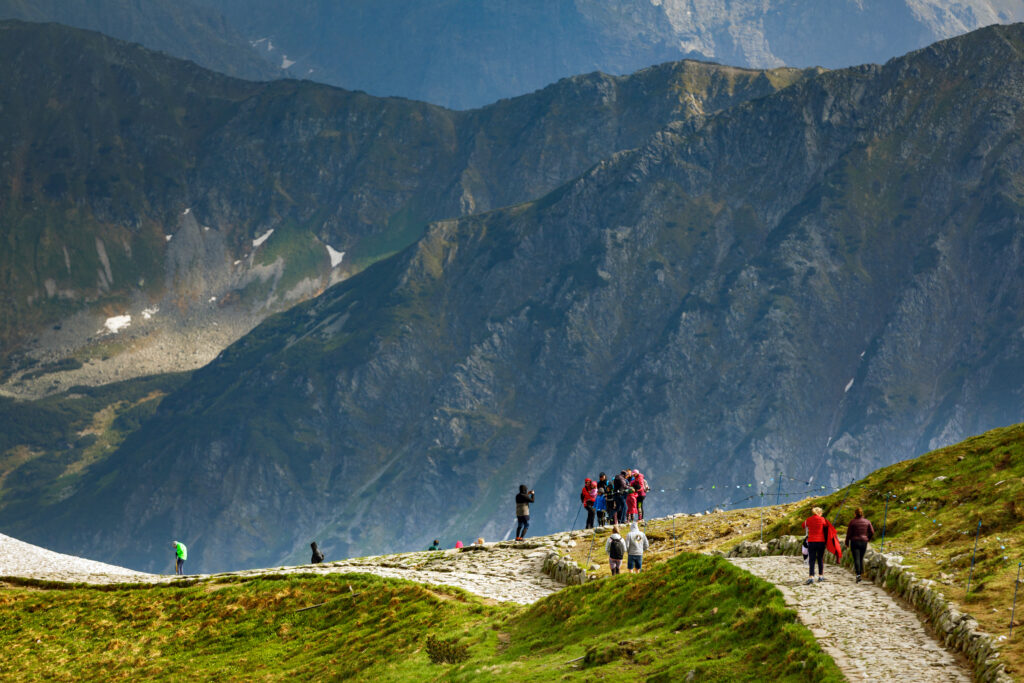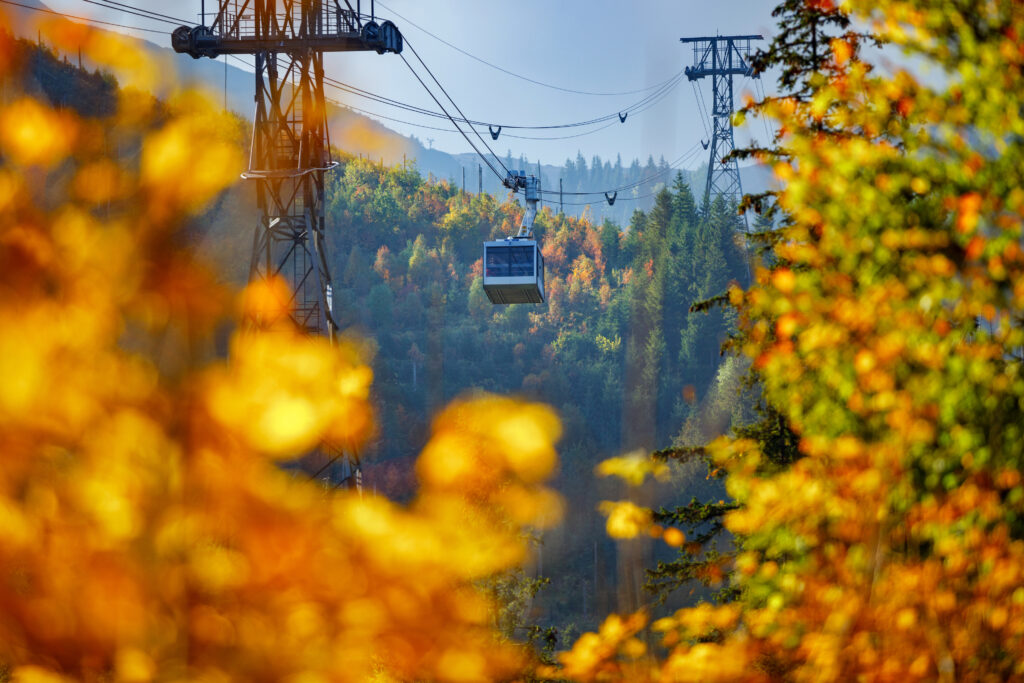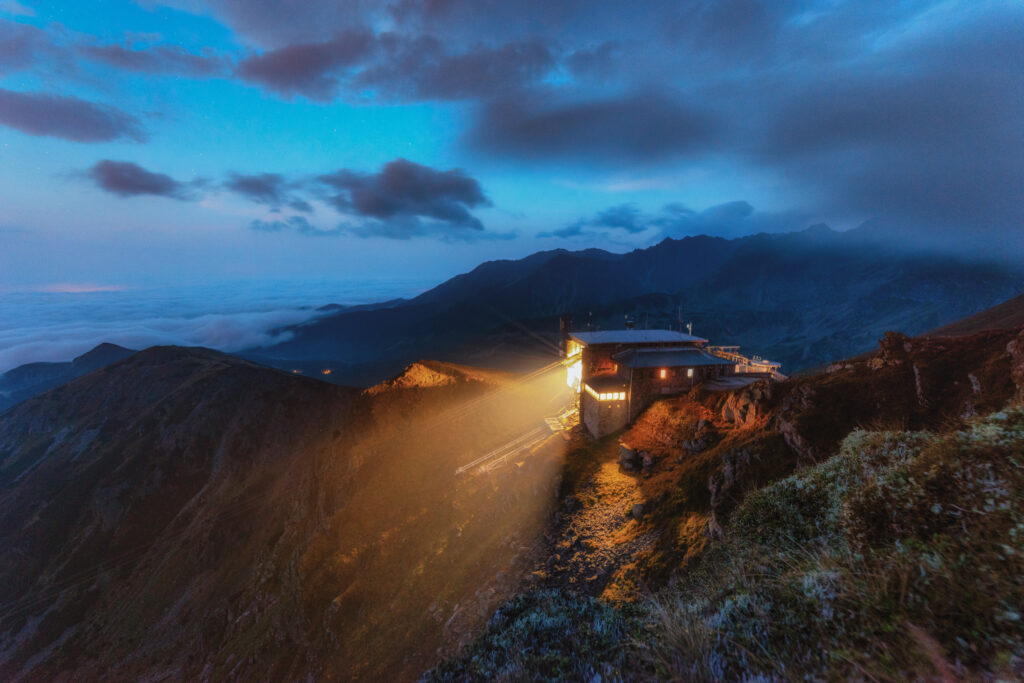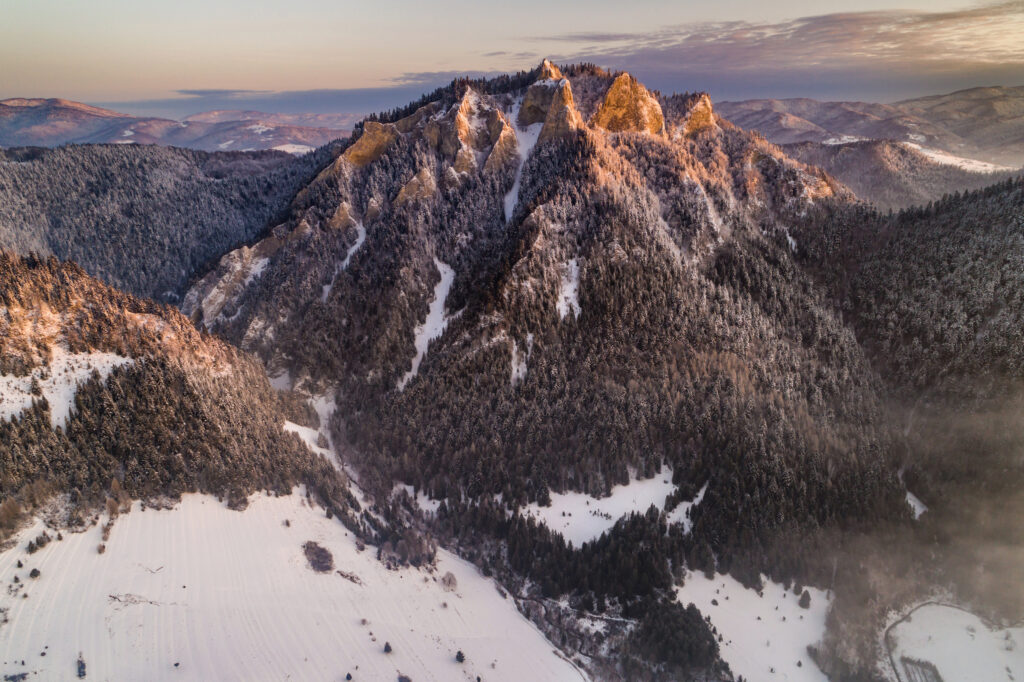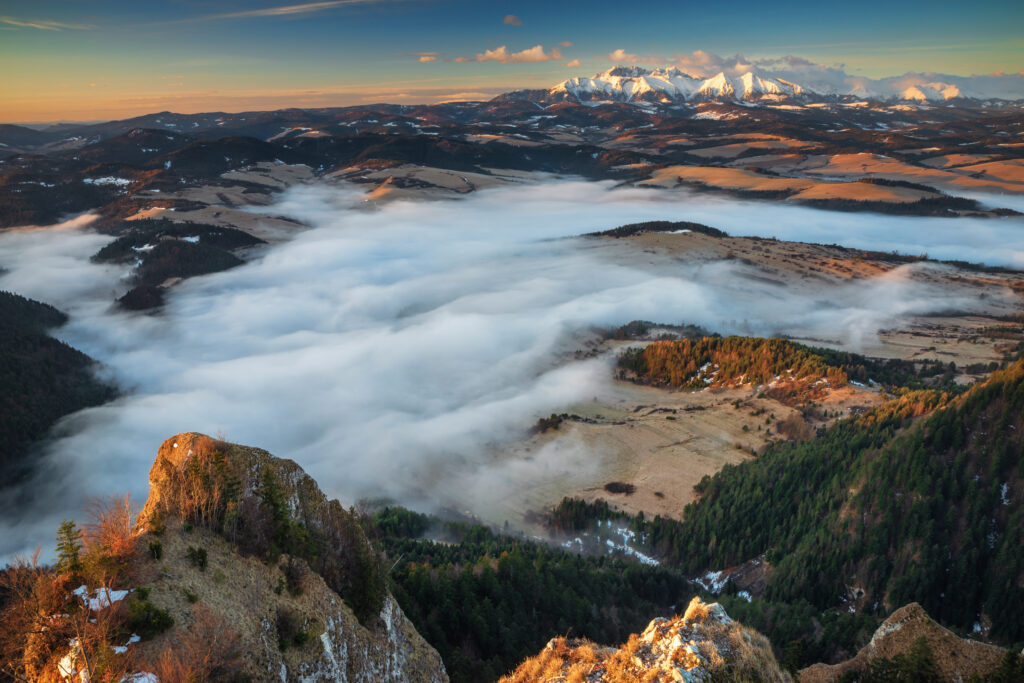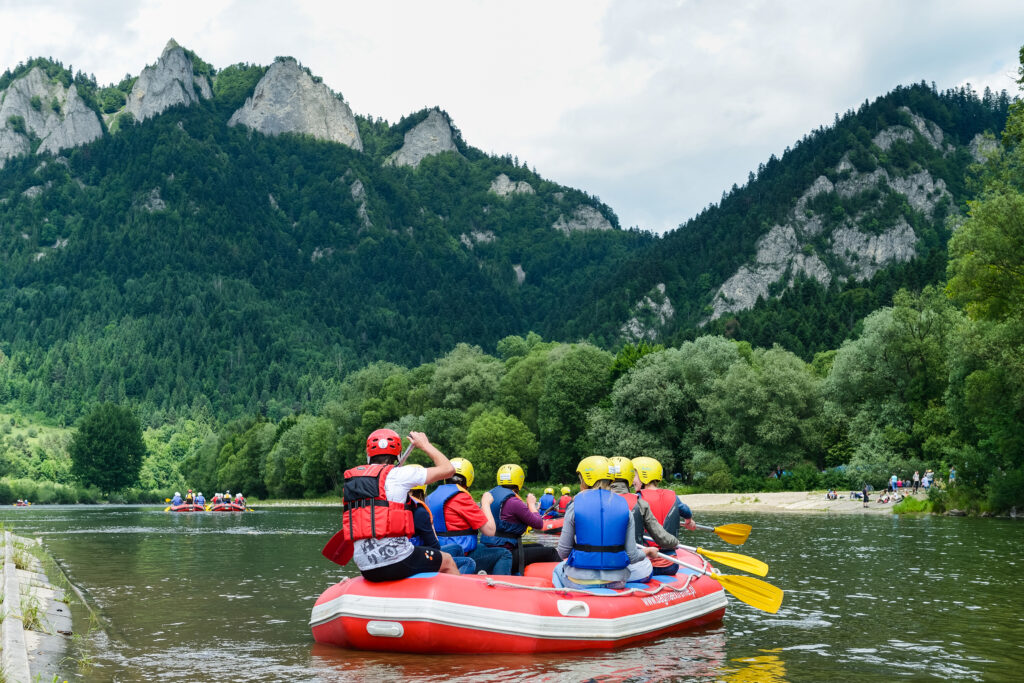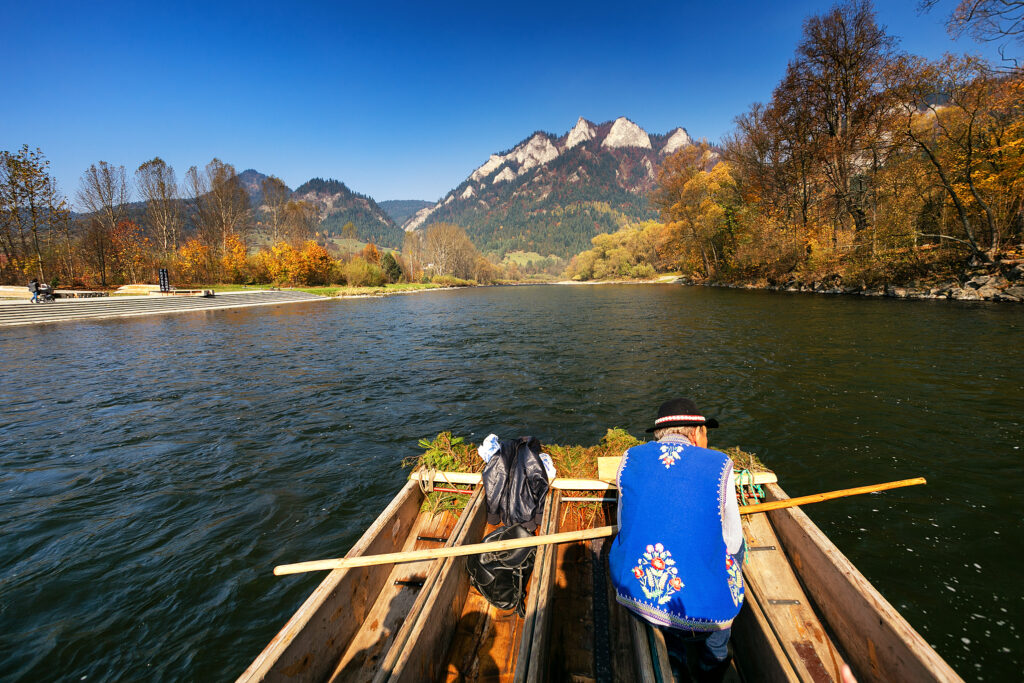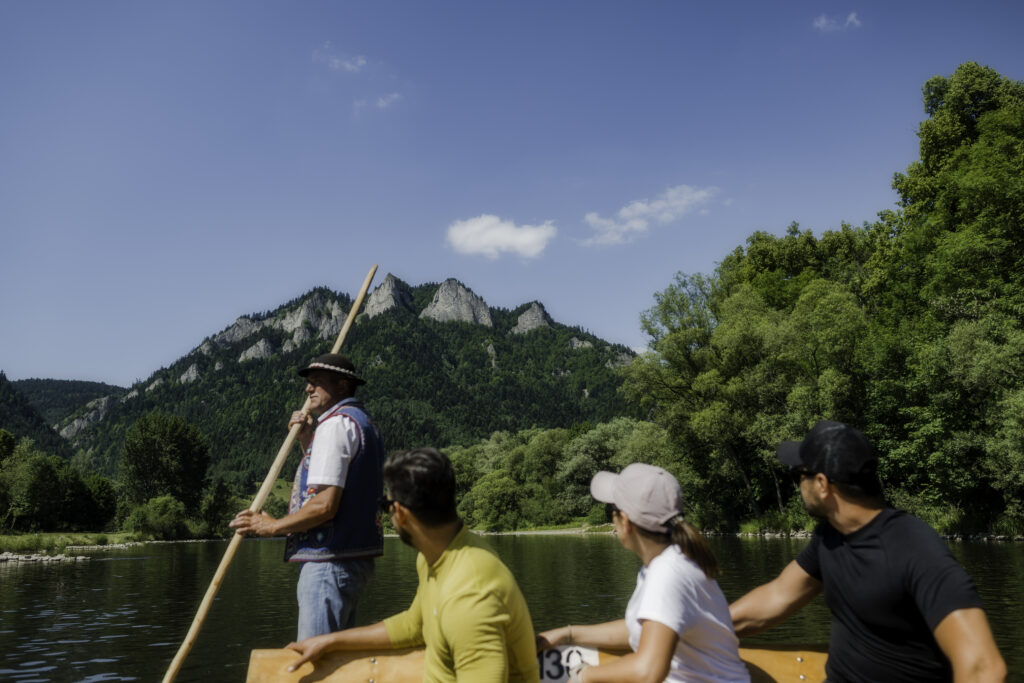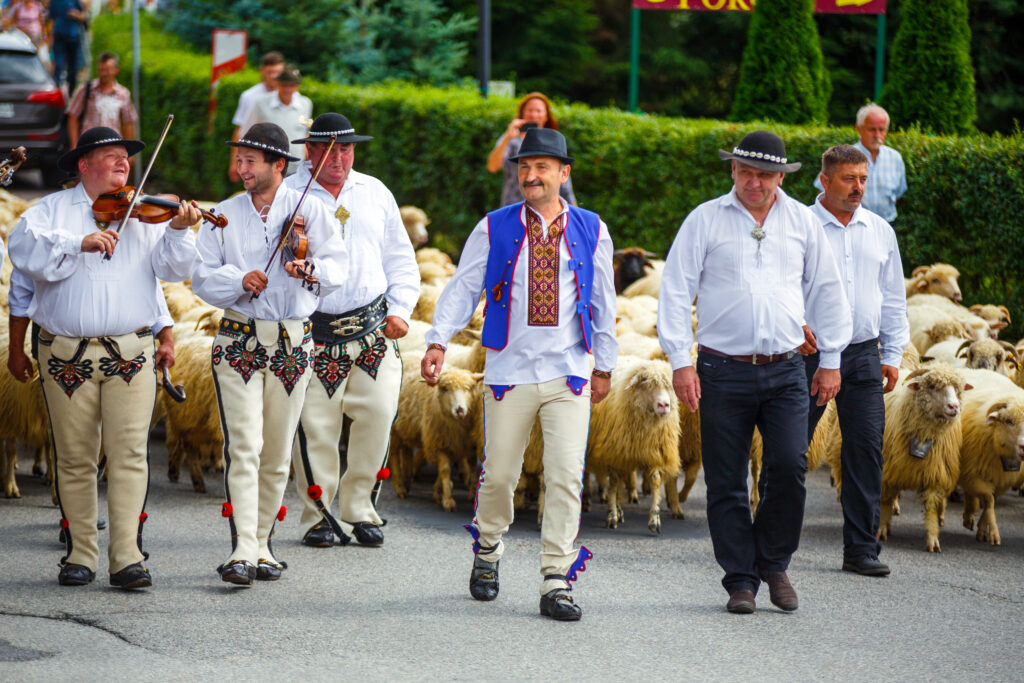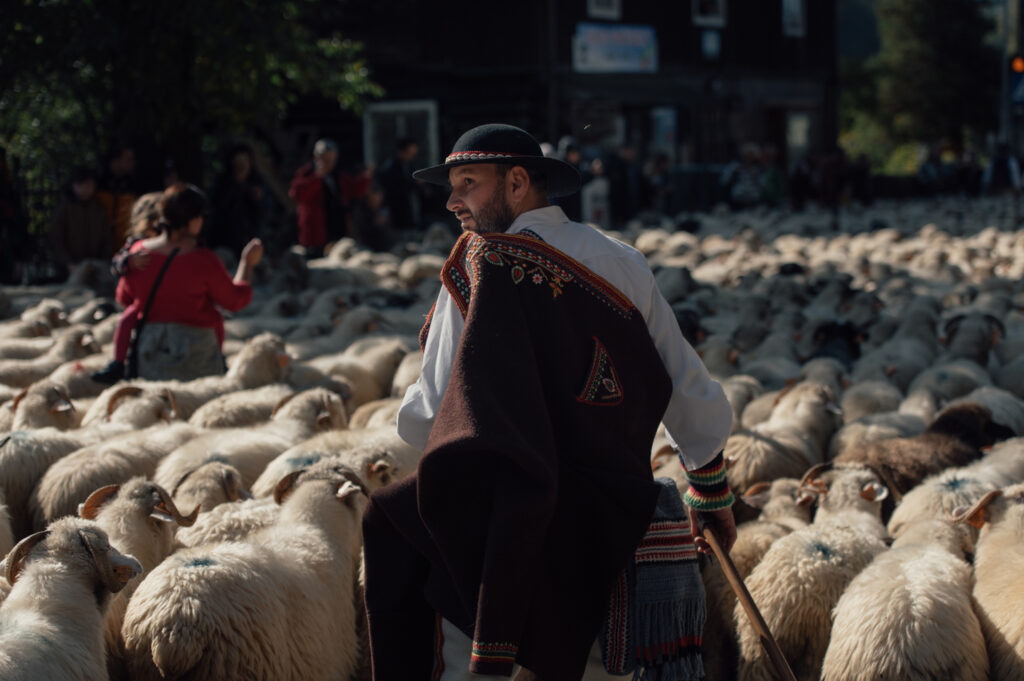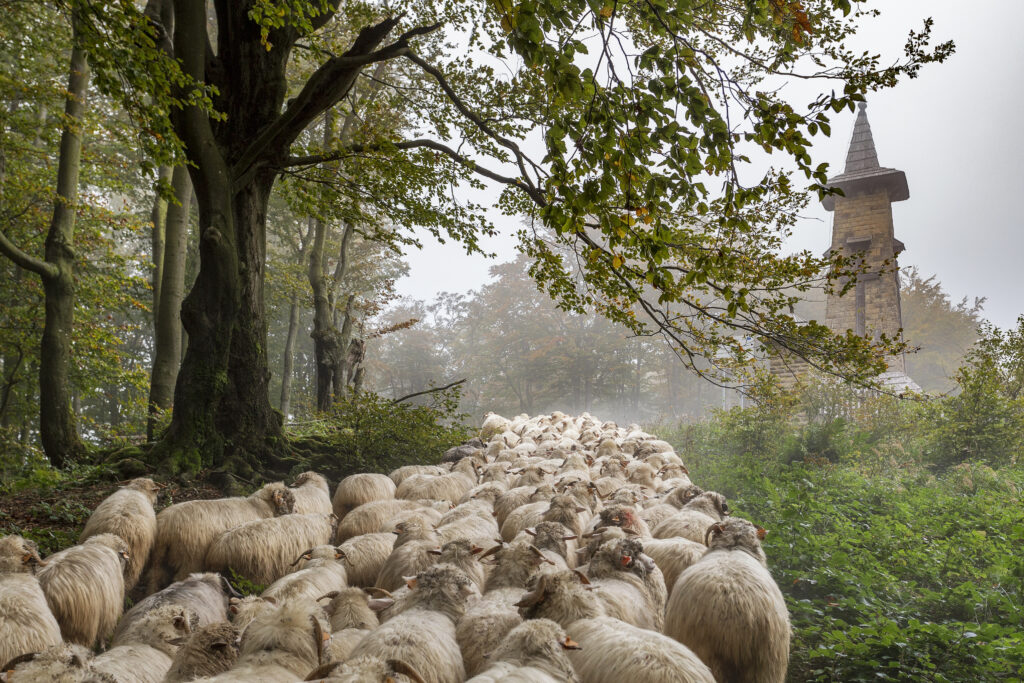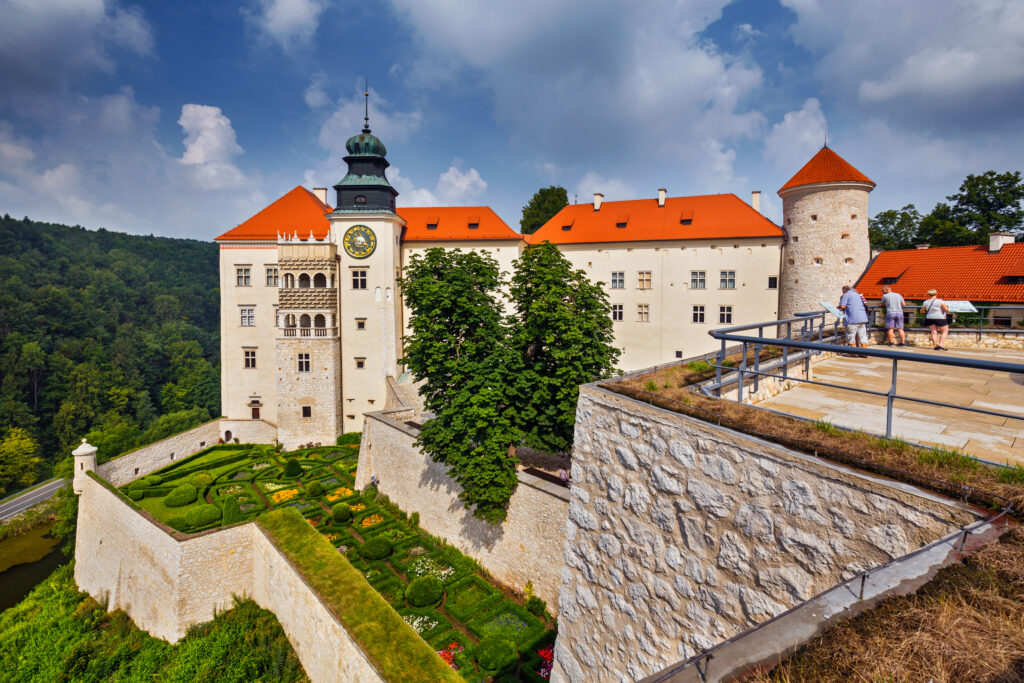Małopolska is an extraordinary region, especially in terms of natural beauty. Its landscape features fantastical rock formations and the hot sands of a desert, the picturesque ribbon of the Vistula River and the Dunajec cutting through cliffs, the green Beskids and the bare peaks of the Tatras, shadowy caves and roaring waterfalls… As much as 55.3% of Małopolska’s area is under nature protection. The region is home to 6 national parks, 11 landscape parks, 10 protected landscape areas, and 86 nature reserves. There are also over 2,000 natural monuments. Two areas—the Babia Góra and Tatra National Parks—have been recognized as UNESCO biosphere reserves, places of global significance with unique natural value.
Rafting down the Dunajec River – the park’s most famous tourist attraction is the traditional wooden raft ride down the Dunajec River. In the past, the rafting was done in dugout boats made from poplar trees, but today the rafts consist of five sections made from pine planks tied together with rope. These raft sections can be quickly disassembled for transport. Each rafting raft holds 12 passengers and two raftmen who steer it. The trip lasts between 2 and 3 hours, depending on the weather and water level. While taking in the views, the raftmen share entertaining stories about Pieniny legends and interesting events from the region. It's worth experiencing the Dunajec Gorge in different seasons, as the changing vegetation offers spectacular scenery.



